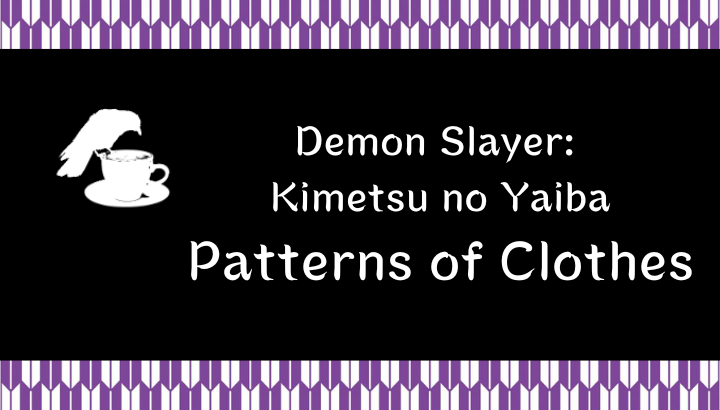Many of the characters in Demon Slayer: Kimetsu no Yaiba wear the Japanese traditional jacket “Haori (羽織)“. The Haori of Tanjiro has a black-green checkered pattern. This is not just a checkered pattern but a Japanese traditional pattern called “Ichimatsu“. Did you know that the patterns of the clothing of Demon Slayers have meaning?
> want to learn the Japanese traditional patterns
> want to know the meaning of the clothes of Demon Slayers
Tanjiro and Nezuko Kamado: Ichimatsu
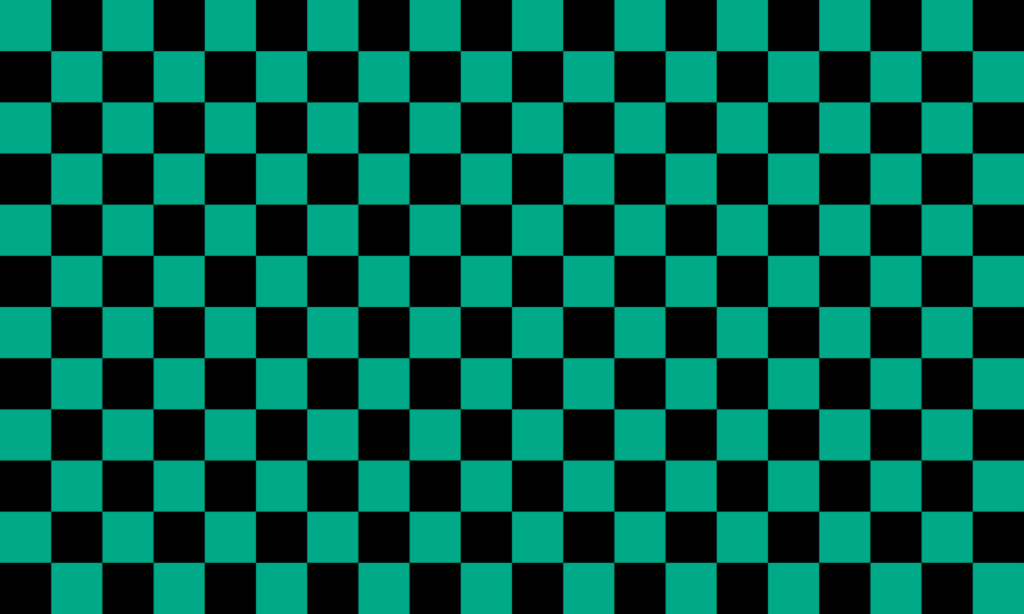
Tanjiro wears the Japanese traditional jacket Haori with black-green checkered pattern. This is one of the Japanese traditional patterns and called “Ichimatsu (市松)“. Nezuko has a Kimono belt in white and dark red Ichimatsu, and all other members of Kamado family have the Ichimatsu pattern somewhere in their clothing.
Origin of Ichimatsu
The name “Ichimatsu” originates from one of the “Kabuki (歌舞伎)*” actors of the Edo era Ichimatsu Sanogawa (1722 – 1762) who performed in white-blue Ichimatsu. White-blue Ichimatsu is considered to be the most orthodox one. Before it was named Ichimatsu, the pattern was called “Ishidatami (石畳)” meaning stone pavement.
*Kabuki is one of the Japanese traditional performing arts. Visit KABUKI official website for more details.
Meaning of Ichimatsu
The Ichimatsu pattern implies prosperity, as the pattern continues seamlessly. It is a pattern of good omen and used as the symbol of prosperity or business expansion.
Emblems of Tokyo 2020
The modified version of Ichimatsu pattern was also used for the emblems of the Tokyo 2020 Olympic and Paralympic games.
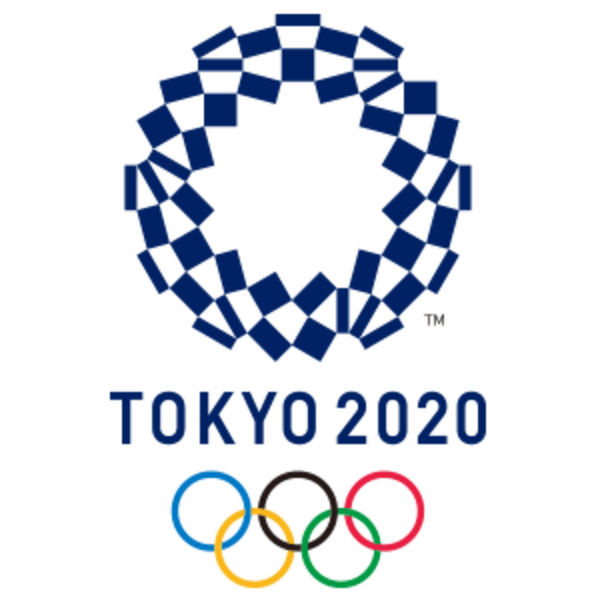
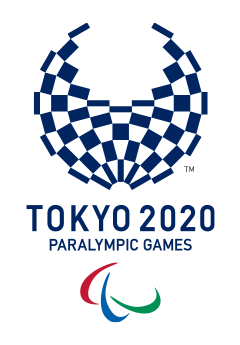
Although the Ichimatsu pattern normally consists of squares of the same size, the emblems have squares of different sizes and shapes. The squares of different sizes and shapes imply diversity, as the Olympic and Paralympic games connect different cultures and countries.
Nezuko Kamado: Asanoha
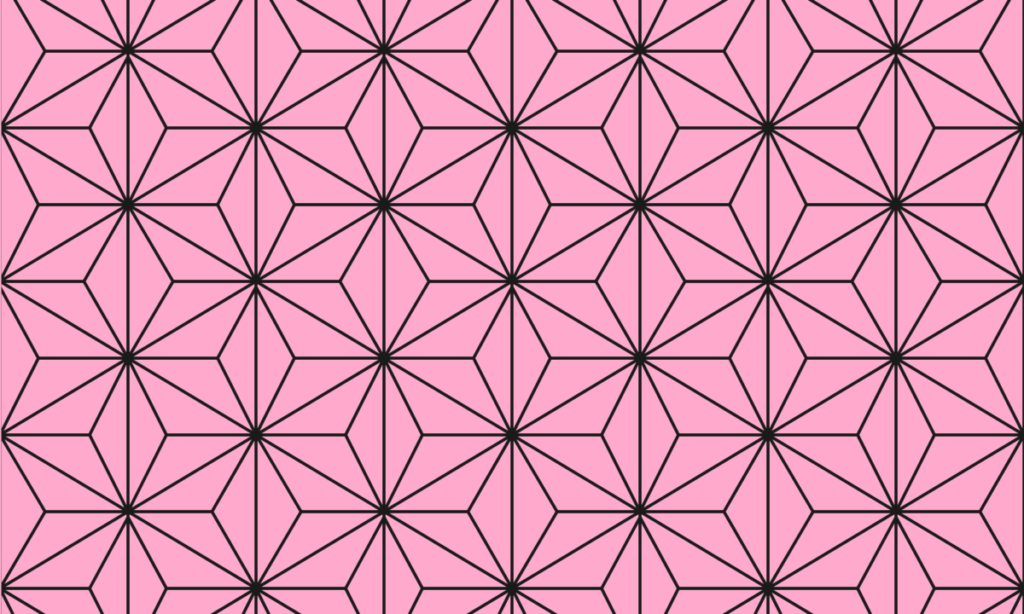
Nezuko wears Kimono in “Asanoha (麻の葉)” pattern, which is also a Japanese traditional pattern. Asanoha is a motif of cannabis leaves. In Japan Cannabis leaves have been believed to be a charm against evil spirits, as it is strong and grows fast. For this reason the Asanoha pattern has been often used for the clothing of babies and children.
Giyu Tomioka: Bishamon-Kikkou
Giyu Tomioka wears a unique Haori. Its half is solid dark red and another half has the arranged version of “Bishamon-Kikkou (毘沙門亀甲)” pattern. The geometric pattern of regular hexagon is called “Kikkou (亀甲)“, meaning a shell of tortoise. Bishamon-Kikkou consists of three regular hexagons combined into one shape.
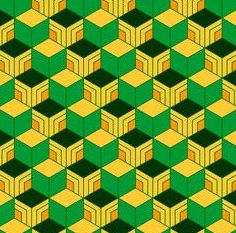
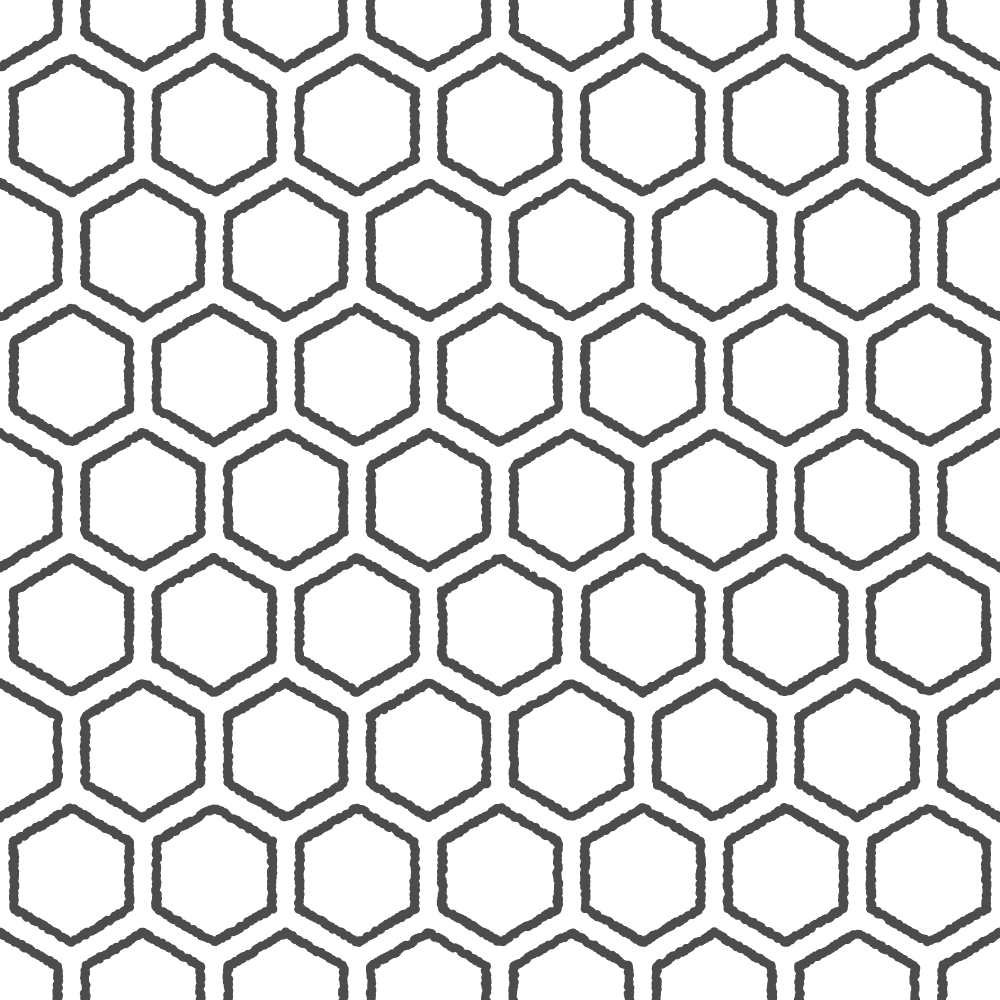
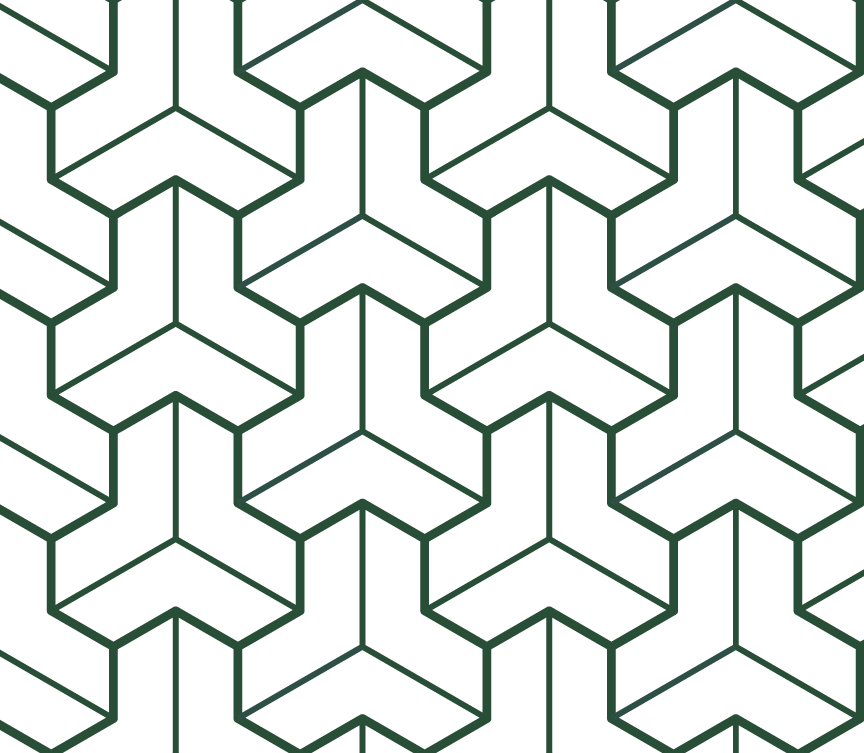
Origin of Bishamon-Kikkou
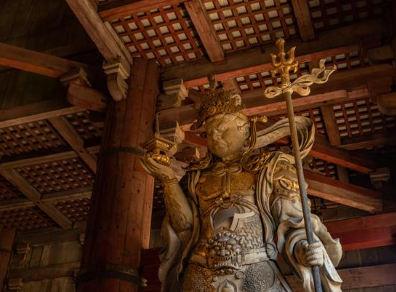
The name originates from the Buddhist deity “Bishamonten (毘沙門天)“, Vaiśravaṇa (also called Kubera as Hindu deity) who wears the armour in this pattern.
Meaning of Bishamon-Kikkou
Tortoises are the symbol of a long life. Bishamonten or Vaiśravaṇa is the symbol of victory, good health and economic fortune.
Sakonji Urokodaki: Zuiun and Nami
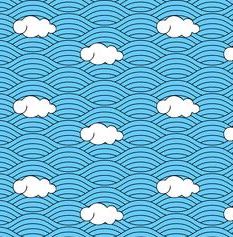
The blue Haori of Sakonji Urokodaki seems to have a pattern of clouds “Zuiun (瑞雲)” combined with waves “Nami (波)“.
Clouds change their shapes and weather, so different meanings were given to clouds by ancient people. Among them “Zuiun (瑞雲)” implies clouds which show up before a good thing happens and is considered to be a good omen. The waves “Nami (波)” implies eternity or eternal peace. Probably Sakonji Urokodaki is wishing that all demons will disappear and people will live peaceful lives.
Zenitsu Agatsuma: Uroko
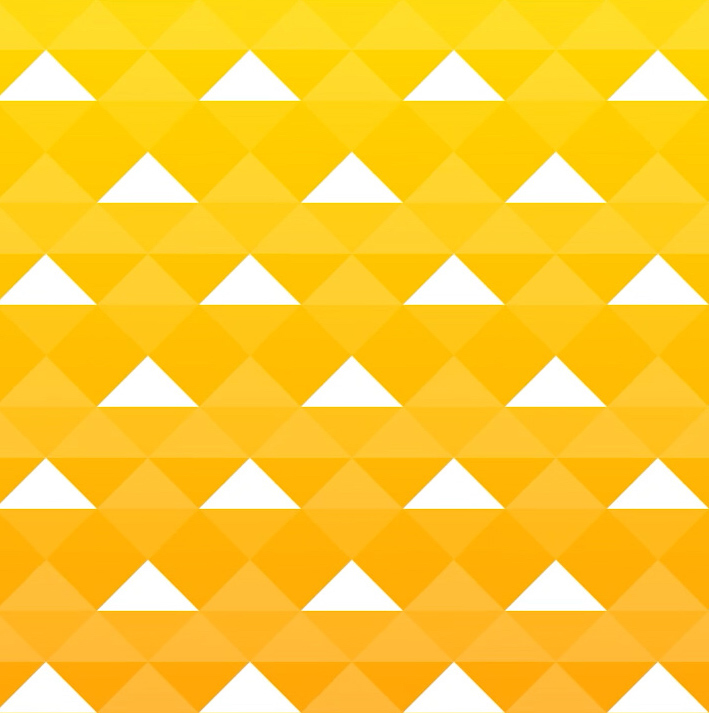
The yellow Haori of Zenitsu Agatsuma seems to have the modified version of “Uroko (鱗)“, meaning the scale of snake, dragon or fish. Originally the Uroko pattern consists of continuing isosceles triangles or equilateral triangles.
Snakes shed their skin, so the Uroko pattern implies the act of escaping evils and reproducing and has been used as a protective charm. For this reason Japanese Samurai soldiers often used the Uroko pattern on their armor.
Shinobu Kocho
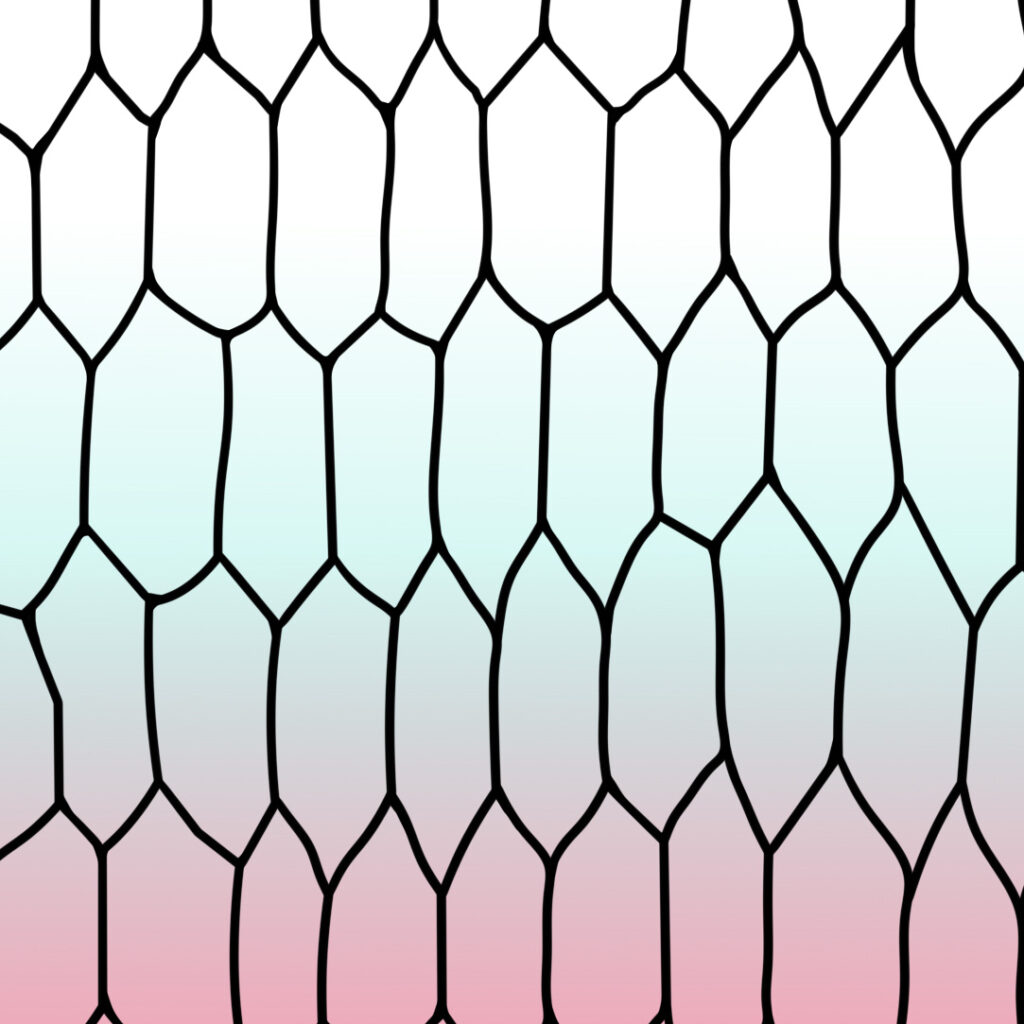
The family name of the Insect Hashira “Kocho (胡蝶)” means butterfly in Japanese language. Her Haori is the wing of a butterfly itself. A green caterpillar becomes a chrysalis, then finally becomes a butterfly. Due to this process, the butterfly has been a symbol of revival and social success. The pattern of the butterflies are often used for Kimono as well.
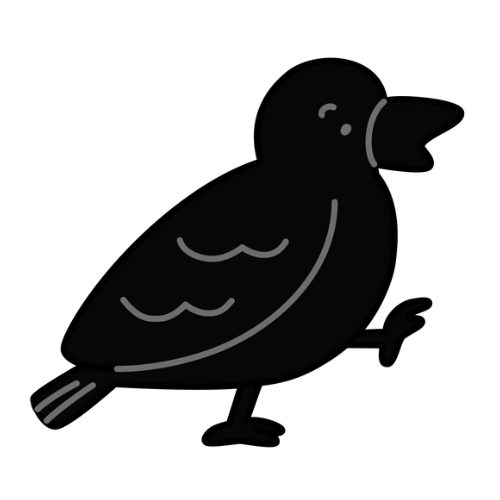
Shinobu Kocho is one of the Hashira, the highest ranked demon slayers. She is indeed a lady who grew up like a butterfly.
Kyojuro Rengoku: Kaen
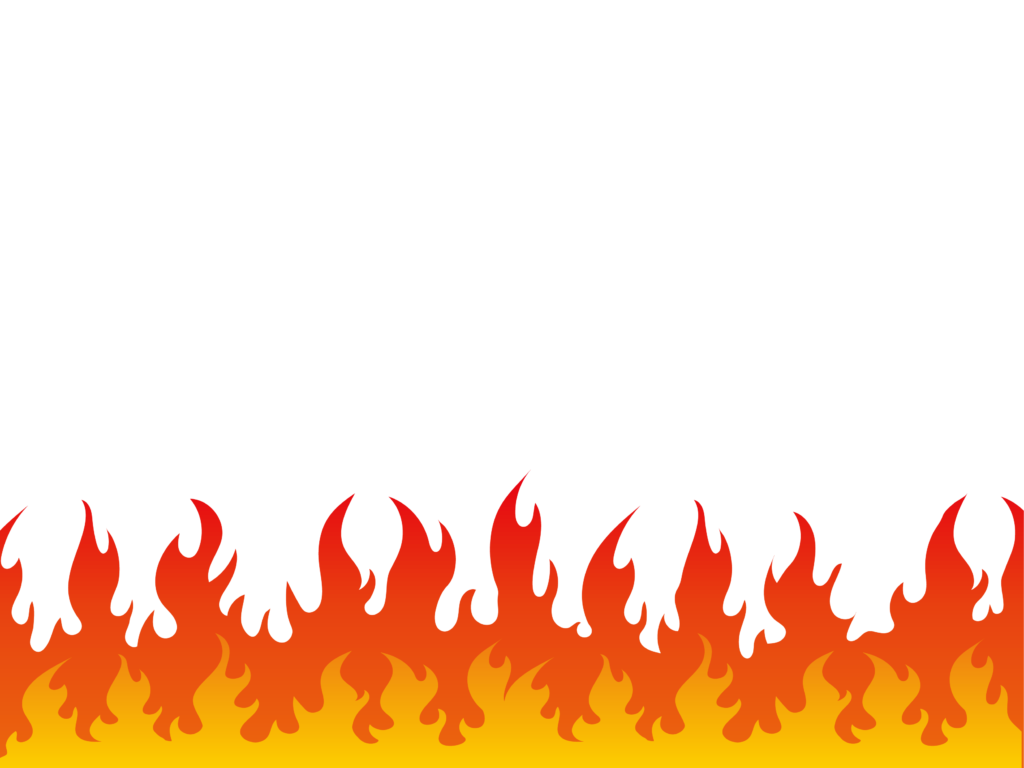
The Flame Hashira Kyojuro Rengoku wears Haori with the pattern of Flame. Officially the pattern is called “Kaen (火焔)” and it means flame. Traditionally the flame has been considered to chase away evil spirits. The Haori of Kyojuro Rengoku is certainly the symbol of the Flame Hashira, but it can also be considered as a charm which protects people who wear the Haori. As the flame constantly changes its shape, it has also been the symbol of vitality.
Kagaya Ubuyashiki: Higaki and Sayagata
Higaki
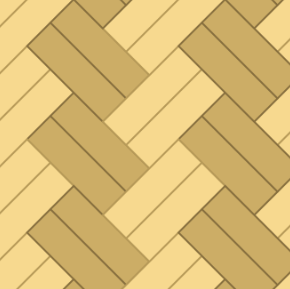
The master of the Demon Slayer Corps Kagaya Ubuyashiki wears a belt in “Higaki (檜垣)” pattern meaning cypress fence. It looks like woven thin boards made of Japanese cypress. Due to the systematic pattern, it implies good manners or treating somebody with the utmost courtesy.
Sayagata
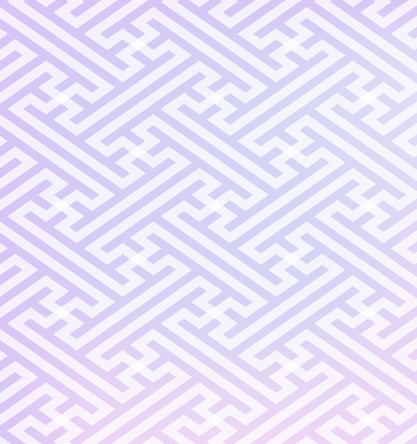
In the end of the Entertainment District Arc, the health condition of Kagaya Ubuyashiki looks worse and seems to be on his back most of the time. Here he wears Kimono with “Sayagata (紗綾形)” pattern. Due to the continuity of the pattern, it implies long life and prosperity of the house.

The belt of Kagaya Ubuyashiki has a pattern which describes his behavior to the swordmen of The Demon Slayer Corps. His Kimono with Sayagata pattern shows his obsession for victory against demons.
Inosuke Hashibira
As you have noticed, Inosuke Hashibira does not wear the complete uniform of The Demon Slayer Corps. It is mainly because he was grown up in the wild and dislikes wearing clothes.
Inosuke always put on the boar head which is from the boar who raised up Inosuke. The fur which he puts around his hip is from a deer. The fur which he puts around his calves is from a bear. Inosuke has a desire to be a Mountain God. Bears and deers are considered to be gods of mountains. The “clothing” of Inosuke can be considered as the realization of his ideal.

I hope that you enjoyed learning about Japanese traditional patterns. Koyoharu Gotouge Sensei should have studied the meaning of these patterns and applied them to each character. The attentiveness and careful consideration of Gotouge Sensei has made Demon Slayer: Kimetsu no Yaiba one of the greatest works ever!
Muichiro Tokito: Kasumi
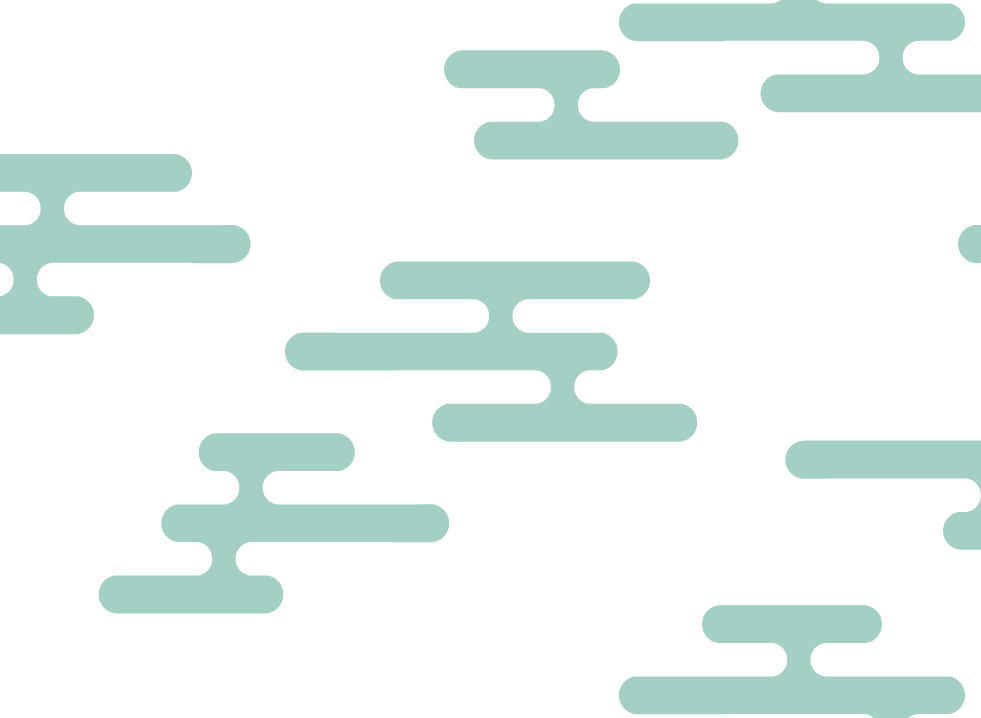
In the Swordsmith Village Arc there are scenes in which the Mist Hashira Muichiro Tokito recalls his past. When he was living in a mountain, his twin brother Yuichiro and himself wear clothes with the pattern of “Kasumi (霞)” meaning “mist”.
The mist disappears but it appears again. So the pattern of mist implies “eternity”.
